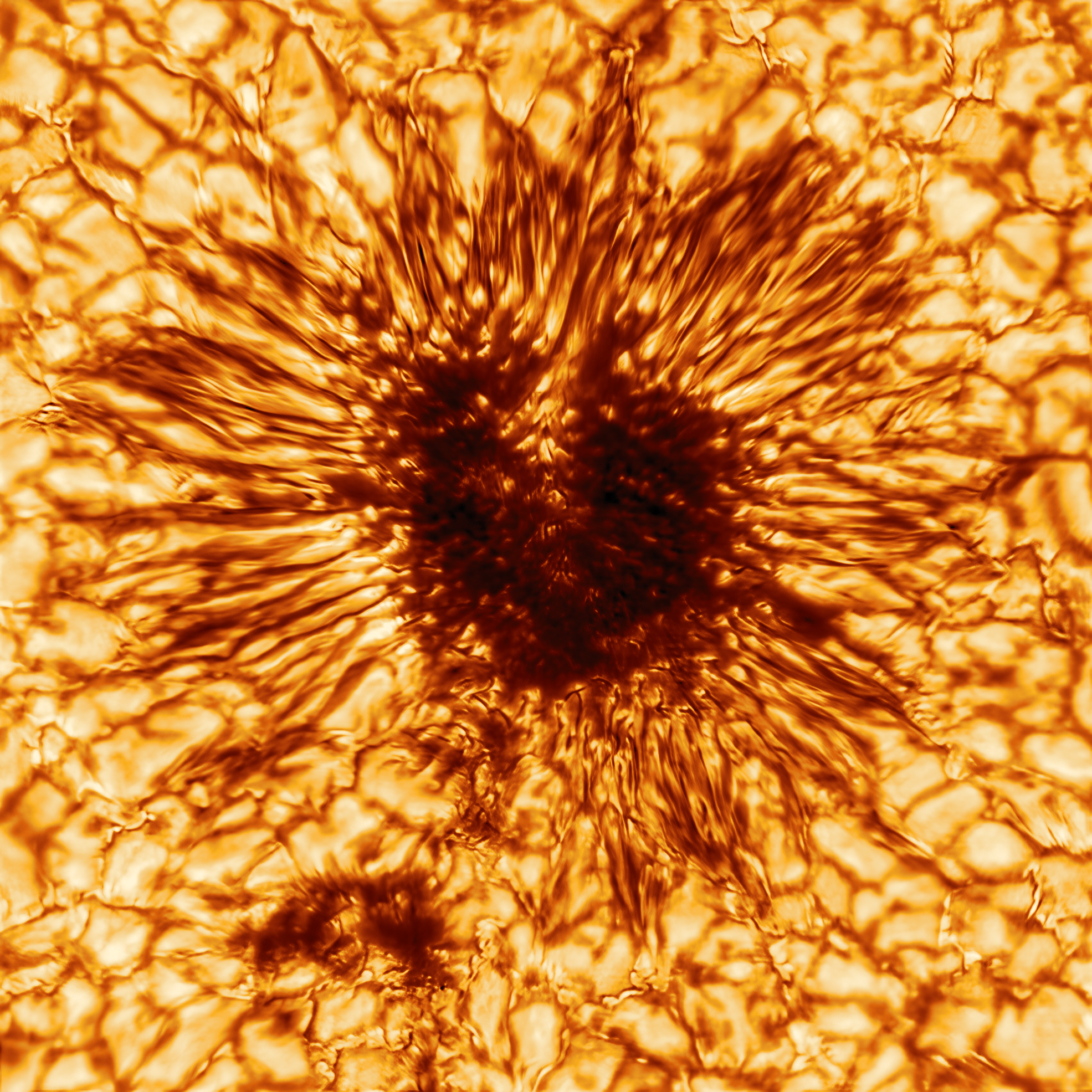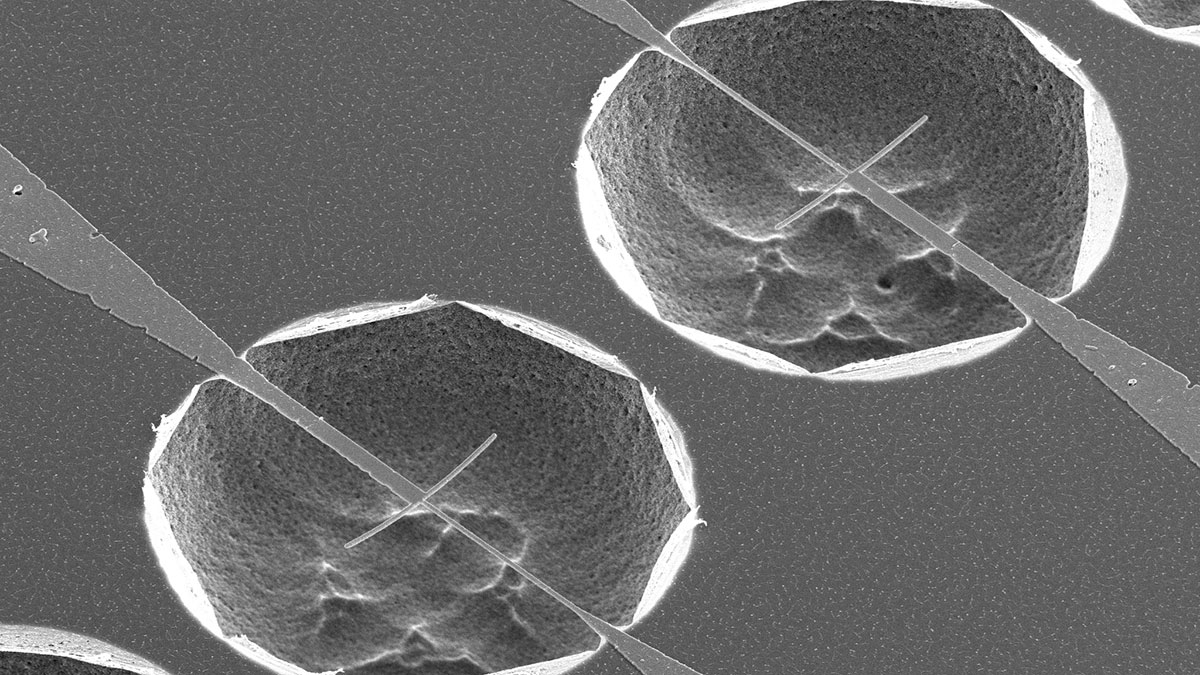In advance of the rare total solar eclipse coming on Monday, April 8, Northern Arizona University astronomer and “eclipse chaser” Cristina Thomas is available for comment. Thomas can share insights on: How solar eclipses work When and where this eclipse…
Tag: solar activity
Supercomputer simulations provide a better picture of the Sun’s magnetic field
The new findings challenge the conventional understanding of solar dynamics and could improve predictions of solar weather in the future
National Energy Technology Laboratory and Pittsburgh Supercomputing Center Pioneer First Ever Computational Fluid Dynamics Simulation on Cerebras Wafer-Scale Engine
Cerebras Systems, the pioneer in high performance artificial intelligence (AI) compute, today announced, for the first time ever, the simulation of a high-resolution natural convection workload at near real-time rates.
Critical solar observations from NSF’s GONG network now maintained by NOAA’s Space Weather Prediction Center
Recently, NSF’s NSO successfully transitioned the processing of these important observations of the Sun’s magnetic field and lower atmosphere to the operational control of NOAA’s Space Weather Prediction Center (SWPC), a move that will ensure reliable delivery of the data to the NOAA’s space weather forecasters who are the nation’s official civilian source for space weather watches, warnings, alerts, and forecasts.

NSF’s Inouye Solar Telescope Releases First Image of a Sunspot
The U.S. NSF’s Daniel K. Inouye Solar Telescope just released its first image of a sunspot. The telescope’s four-meter primary mirror will give the best views of the Sun from Earth throughout the next solar cycle. This image is an indication of the telescope’s advanced optics. The image is released along with the first of a series of Inouye-related articles featured in the Solar Physics Journal.

Engineers developing high-speed light detectors for closer look at the sun
Notre Dame researchers will use data from the new high-speed light detectors to determine the temperature of the sun’s lower atmosphere, measure the spectrum of solar flares and gain a better understanding of the role magnetic fields play in solar flare generation.